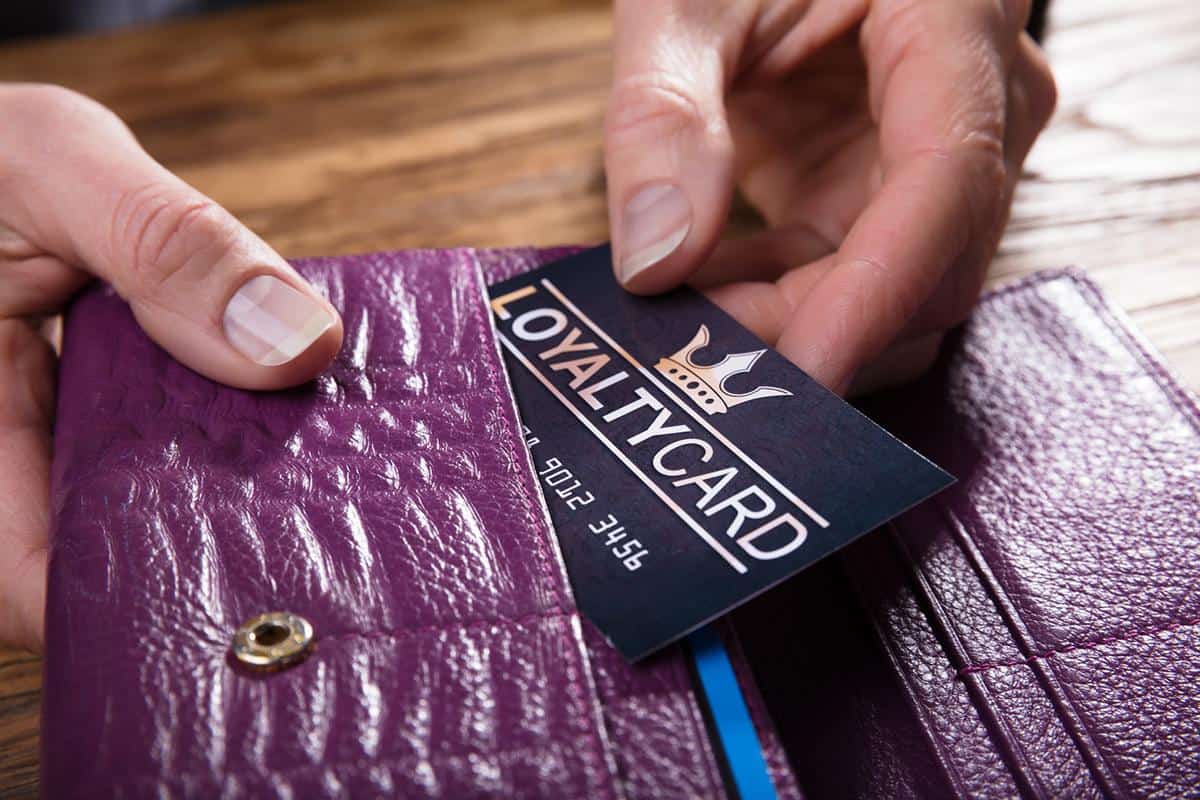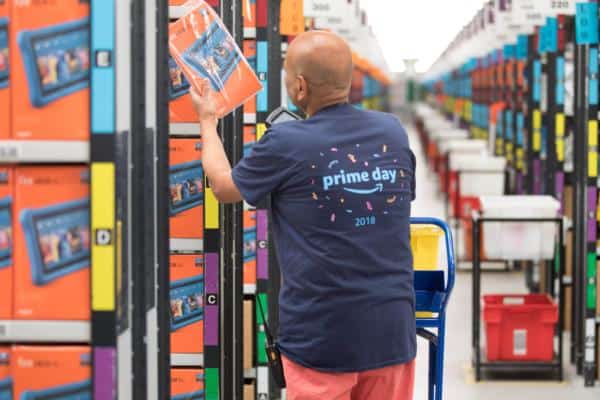A wealth of studies out this week paint an interesting picture of how people shop here in the UK. Mobile is increasingly seen as the shopping channel of choice by 40% of the ‘shopulation’, while women are much more prodigious mobile shoppers than men (just like the real world).
Between them these two studies show how entrenched mobile is and how, with women now out in front, how smartphones have leaped the chasm from being a geeky bit of gadgetry and become something that the girls really get. It has undergone a gender blending.
This move by more women to use mobile to shop is also probably why the number of people shopping predominantly from mobile has hit 41% in the UK. Until now it was a man thing and most men do no shopping. Now the girls are on board things are surging ahead.
Does this present a challenge for retailers? Well yes and no. Back in the day they could design their mobile presence and marketing to suit the predominantly male audience that they had. Then they had the challenge of making things firmly female. Now they have the dilemma of how to appeal to men and women – or rather whether they have to consider different design approaches to the gender of their users. Now that is some research I’d like to see done if anyone out there has some budget.
But this all belies a serious point. Mobile is a tool that crosses generations, genders and channels and once again this adaptability, while a bonus, is also a curse for retailers as they wrestle with making it personal.
I hate to bring this up at this stage, as retailers are already struggling with personalisation. Half of them, according to another study, are failing to deliver personalisation and its costing them dearly. Personalisation is a cross-channel issue and, obviously, a gender-related one. Throwing in the idea that there are different groups shopping in different ways makes this all the harder.
It also has an impact on the high street. A final survey – last of this week, possibly – suggests that shoppers love the high street and aren’t going to abandon it, but they want a more personal and joined up experience between it and online. Oh and they want the real world shops and shopping areas to do more for the community (the actual real world community, not the online community), but that’s for another comment piece on another day.
Instead this idea of personalisation and gender around mobile is something that more people are going to wrestle with. As our Guest Opinion wittily points out, offering men women’s clothes is a bad thing – but it happens all the time online. This is not acceptable today and as the sands of who does the buying on what device shifts and ebbs and flows, this is going to be ever more of an issue.








